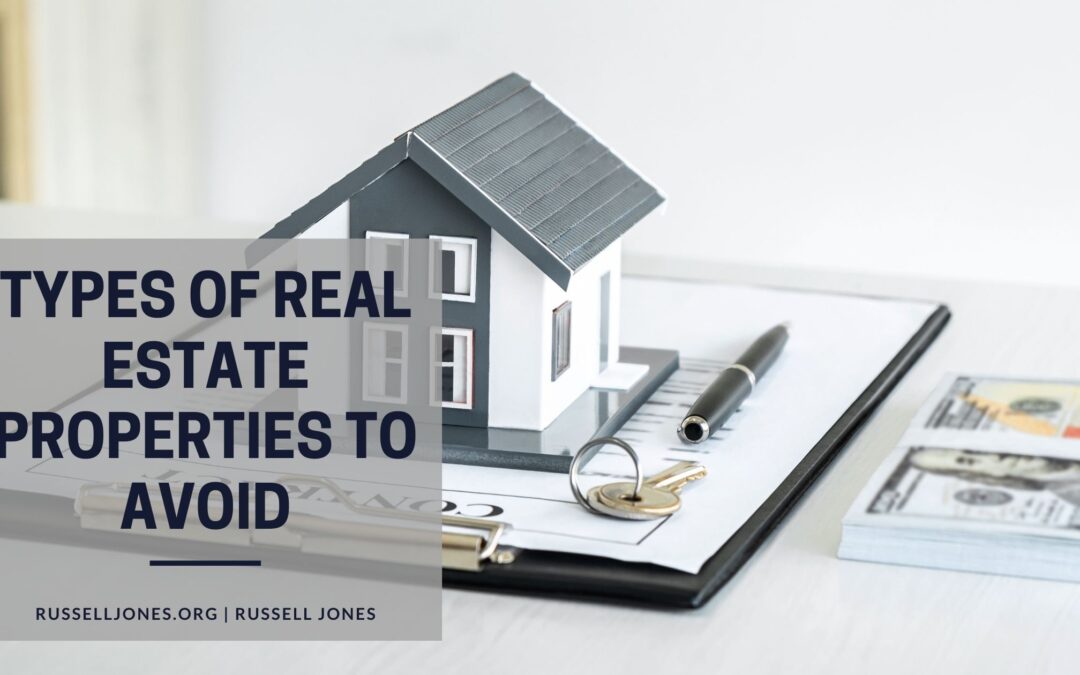Real estate is widely recognized as a lucrative avenue for investment, but like any other investment arena, it has its fair share of potential pitfalls. Many investors are attracted to the potentially high returns and tangible nature of property investment. However, one must bear in mind that not all real estate is created equal. Some properties are like hidden quicksand that can potentially sink an investor’s funds and yield sub-optimal or even negative returns. This article aims to guide readers about the types of real estate properties that they might want to think twice about before investing.
Properties in Declining Markets:
Markets decline due to various reasons such as economic slowdown, outmigration, oversupply of properties, or a combination of these factors. As property values fall in such areas, they can create a chain reaction, causing further decline. Investors might be tempted by low prices, but the likelihood of significant appreciation or strong rental demand is often low. Hence, unless one has an extraordinarily good reason or a well-planned exit strategy, declining markets should generally be avoided.
Older Properties Requiring Major Repairs:
Investors are often drawn to older properties due to their character, potential for rehabilitation, and seemingly lower price tags. However, such properties often require extensive repairs and maintenance, which can quickly escalate and consume any expected profit margins. Such renovations may also uncover additional problems not identified during the initial inspection, thereby causing further unexpected expenses. Hence, unless one has in-depth experience in property rehabilitation and the budget to match, older properties needing significant repair should generally be avoided.
Non-Performing Properties:
Non-performing properties refer to those that fail to generate adequate income relative to their cost. This could be due to high vacancy rates, low rental income, or high maintenance and management costs. Buying such a property with the hope that things will eventually turn around can often result in disappointing returns. It’s usually wiser to invest in performing properties where the cash flow is stable and predictable.
Low Demand Areas:
Investing in areas with low rental or buyer demand is generally risky. Properties in such areas are difficult to rent or sell, and even if you succeed, it might be at a reduced price. Factors contributing to low demand can include poor access to transportation, poor school districts, high crime rates, or limited local amenities. As an investor, it is important to thoroughly research an area before investing, as demand is one of the primary drivers of property value and rental income.
Properties with Bad Tenants:
Properties with a history of bad tenants can be troublesome. Bad tenants can cause significant damage to the property, consistently fail to pay rent on time, or frequently violate lease terms. These issues can lead to high turnover rates, legal problems, and potential income loss. It is recommended to thoroughly vet the tenant history of a rental property and consider any potential red flags before investing.
Properties with Environmental Issues:
Real estate properties with known environmental issues, such as contamination, flooding, or geological hazards, should generally be avoided. The remediation of such problems can be exorbitantly expensive and often involves legal complications. Moreover, these properties can be difficult to insure and can have lower demand, thereby negatively affecting their value and potential returns.

